Detour #172: Into the blue of the Nilgiris mountains, India
Photo Paranjay Dutt
Driving to the Nilgiris mountain range in the southern part of India is enchanting and invigorating in equal measure.
Nilgiris literally translates to “blue hills”, and one glance at these majestic mountains and you won’t be left wondering how they got their name.
The best part about travelling to the Nilgiris is their sudden appearance. One moment you're driving in the plains and the next you see the mountains appear out of nowhere. It’s as if the Nilgiris are just waiting for you to imbibe all that they offer: from the unmatched peace and calm, the unparalleled sights amidst the hills, the proximity to wildlife, and even a rather enjoyable mountain train ride… the list goes on. It’s a pleasure to take you through what's easily one of my favourite spots in this diverse country called India.
It’s not just about the Nilgiris; it’s actually equally about the road to the Nilgiris. The state of Tamil Nadu is blessed to have some of the finest roads in the country: well-paved, well-banked, and properly maintained, too. There are two popular routes to reach the Nilgiris, one includes negotiating 36 consecutive hairpin bends, while the other, a lot wider and not as steep, has about 15 switchbacks. There's no right or wrong here, but the twistier route is always my choice because it’s more entertaining and has slightly less traffic. What makes this route further fun is the presence of two consecutive wildlife sanctuaries (Bandipur in Karnataka and Mudumalai in Tamil Nadu) right before the hairpins. With a strict speed limit and no stopping allowed here, one can roll down the windows and enjoy the pleasant climate and the never-ending sight of a deer, wild elephants, bison and peacocks in their natural habitat.
Closer to Ooty and past the touristy bits of the town, amidst the swathes of tea estates and roads that have next to no traffic, it’s easy to find solace. The weather loves to play hide and seek here: it's usually good but it can also get a bit wet. I've been lucky enough to experience the Nilgiris in a variety of seasons and the winter here is amazing while it can be terribly crowded in the summer. Even then, finding a spot to enjoy the unexplainable beauty of the place isn't difficult.
While the narrow mountain roads don’t allow too much speed (rightly so), driving between hill stations, exploring new roads, and looking for a tea kadai (that's Tamil for tea shop) is truly joyous.
Driving to the Nilgiris is every bit as fun as spending quality time in the mountains. As you emerge out of Mudumalai forest zone on the Kalhatty Ghat Road, the presence of those 36 consecutive hairpins feels like a relief after the strict speed limit and the need to constantly look far ahead to slow down for animal crossings. The hairpins aren't wide so while one can't quite lean on the front and power out, these bends are best enjoyed at moderate speeds.
The use of forest roads and also the Kalhatty Ghat is generally time-dependent, so it's always a good idea to check locally. The traffic back from Ooty can often be directed to take the Gudalur route, so keep that in mind. This one's the more scenic of the two, and you can check out the Pine Forest, Pykara Falls, and various view points on the way back.
For those who want a break, Ooty makes for a great location, too. Finding an Airbnb with a great view isn't difficult, even if you are on a budget. The sprawling market streets have a variety of restaurants serving multiple cuisines. Local Tamil-style food is available too and mustn't be missed. If you're craving imported chocolates or bakery items, there’s the famous Modern Store or if you feel like going antique shopping, there's a rather impressive outlet called Mohan's, too.
No matter how long you spend in the Nilgiris, as hours turn into days, and days into weeks, you still find something new to fall in love with every day.
The Nilgiris Mountain Railways runs from Mettupalayam (near Coimbatore) to Ooty, but if you don’t want to spend four hours on the joyride, you can opt for the shorter journey between Coonoor and Ooty. The views from the train are breathtaking, and it’s not until you reach the outskirts of Ooty that the urban encroachment can be felt. Ardent history and architecture lovers will also find a lot to appreciate: there are a handful of British-commissioned buildings: from the Nilgiri Library, Ootacamund club, and Government House, to the Stone House which used to be the bungalow of John Sullivan, the English officer who was instrumental in making the Nilgiris popular.
There’s a lot to explore, but the best part is that one doesn’t need to do so, to enjoy the Nilgiris. You can drive all day long on the arterial roads, spend the entire day on your hotel balcony, go learn about the native Toda tribe, or take a train ride to the plains, the Nilgiris won’t disappoint.
Words Paranjay Dutt Twitter
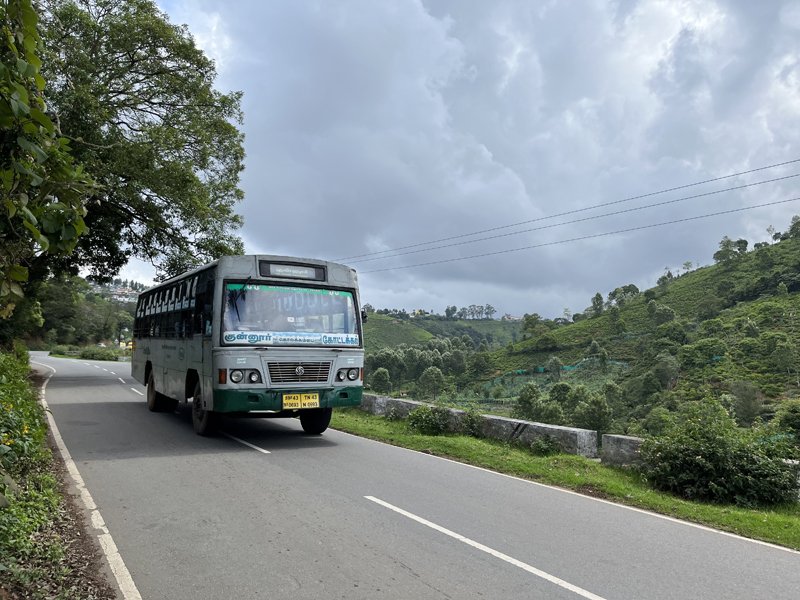
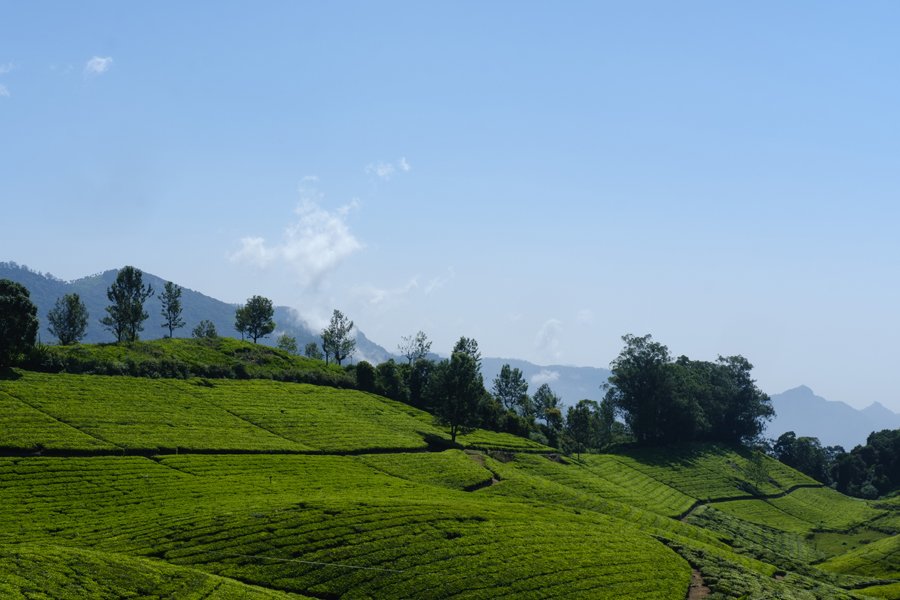
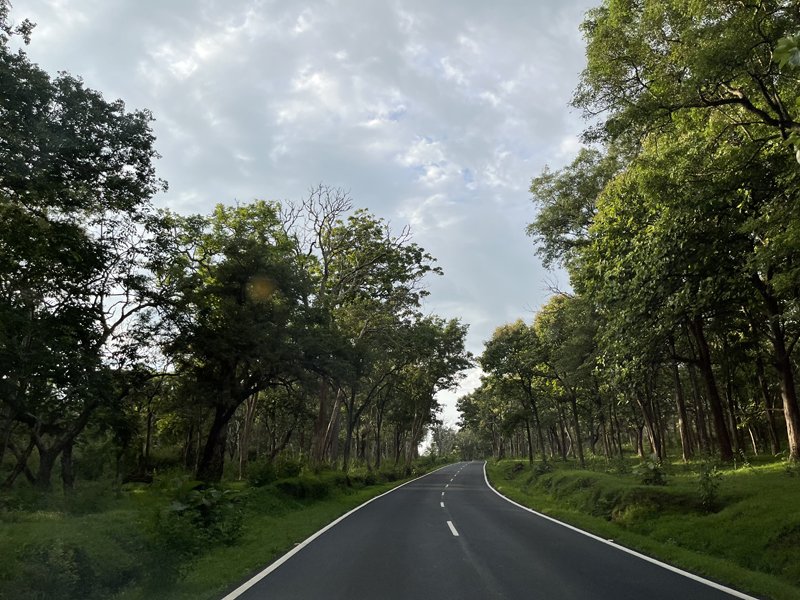
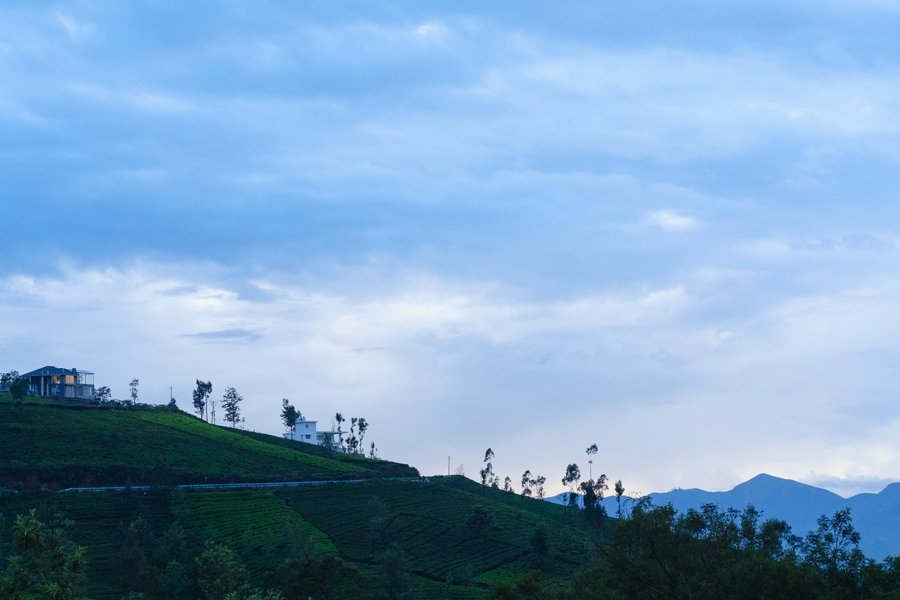



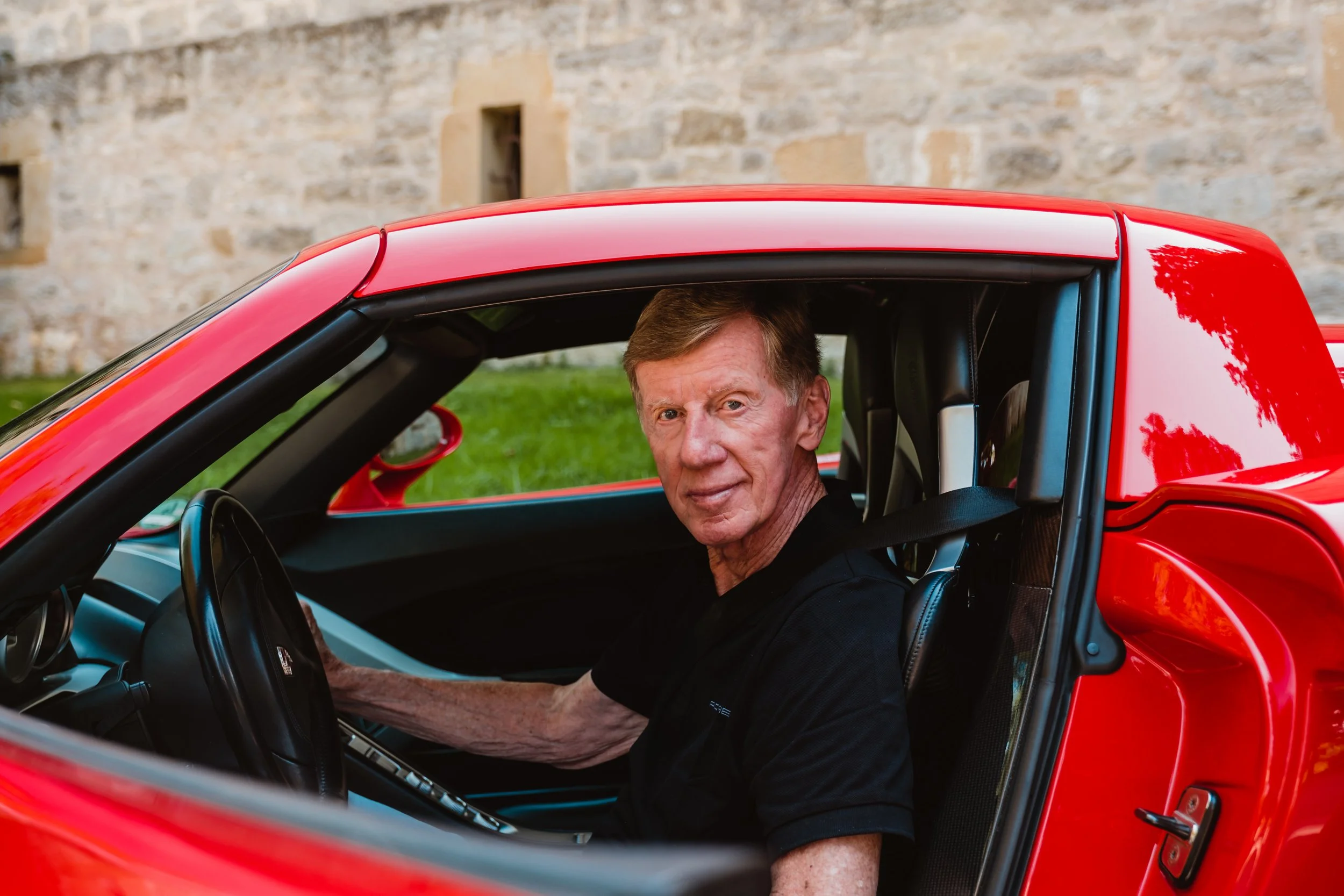
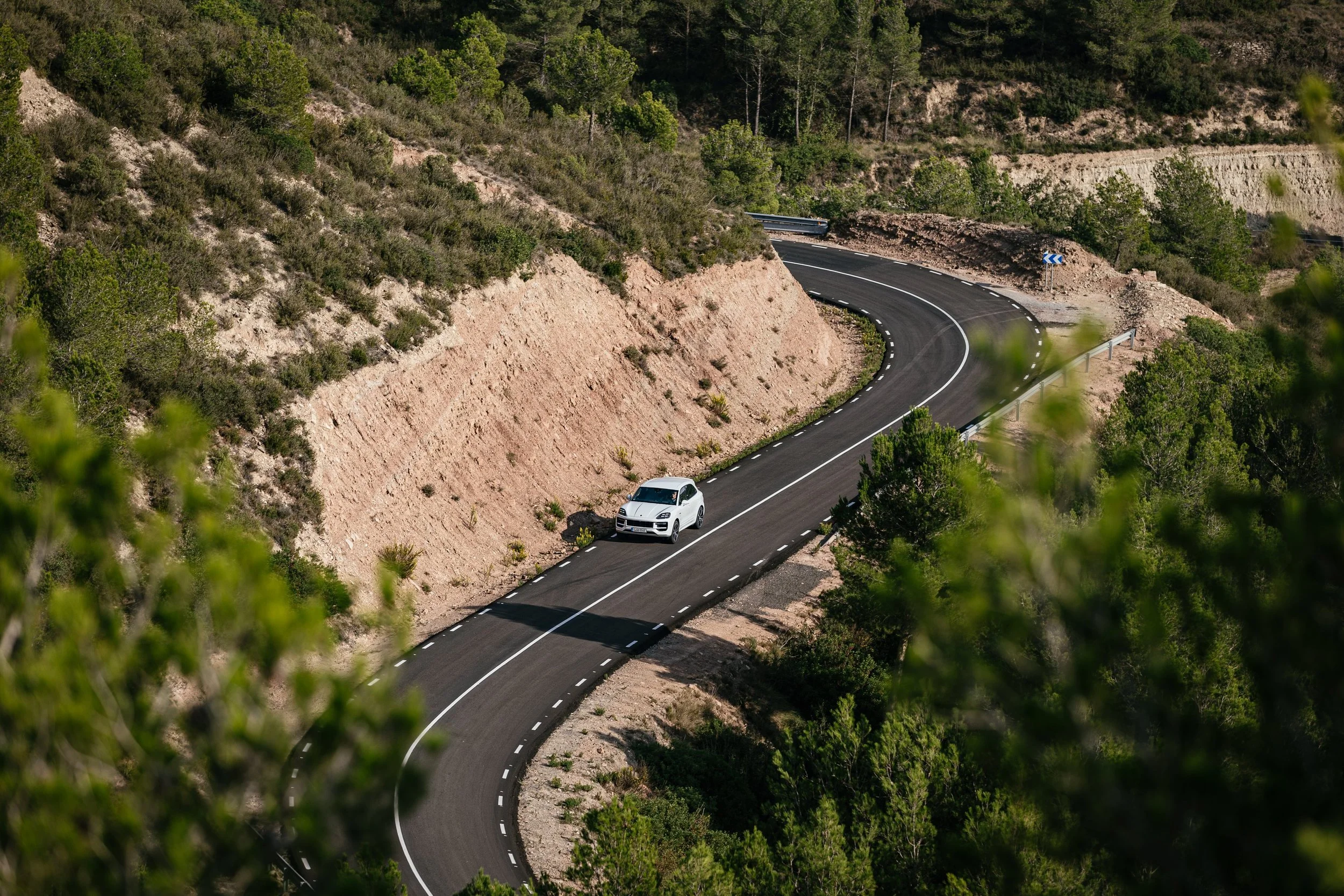







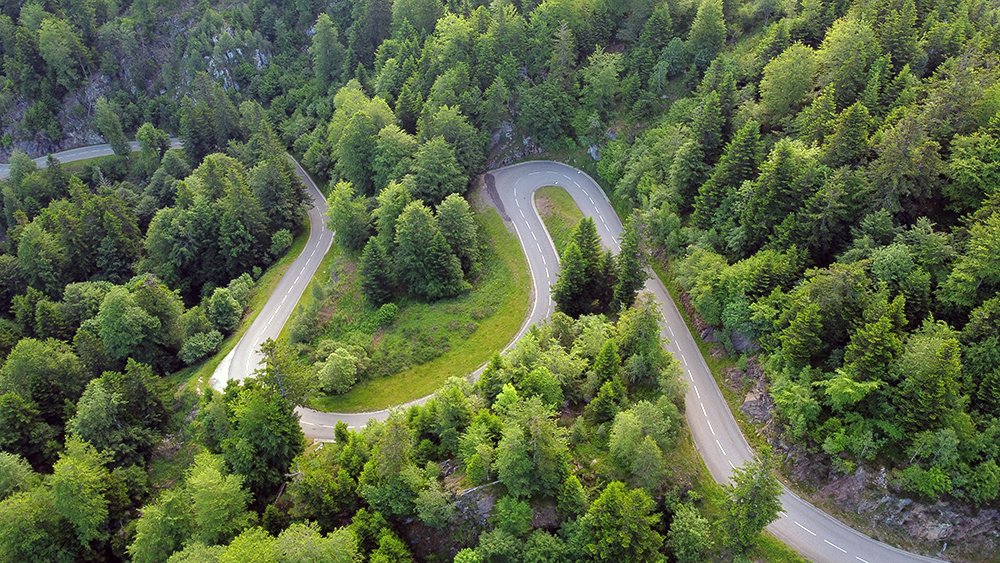


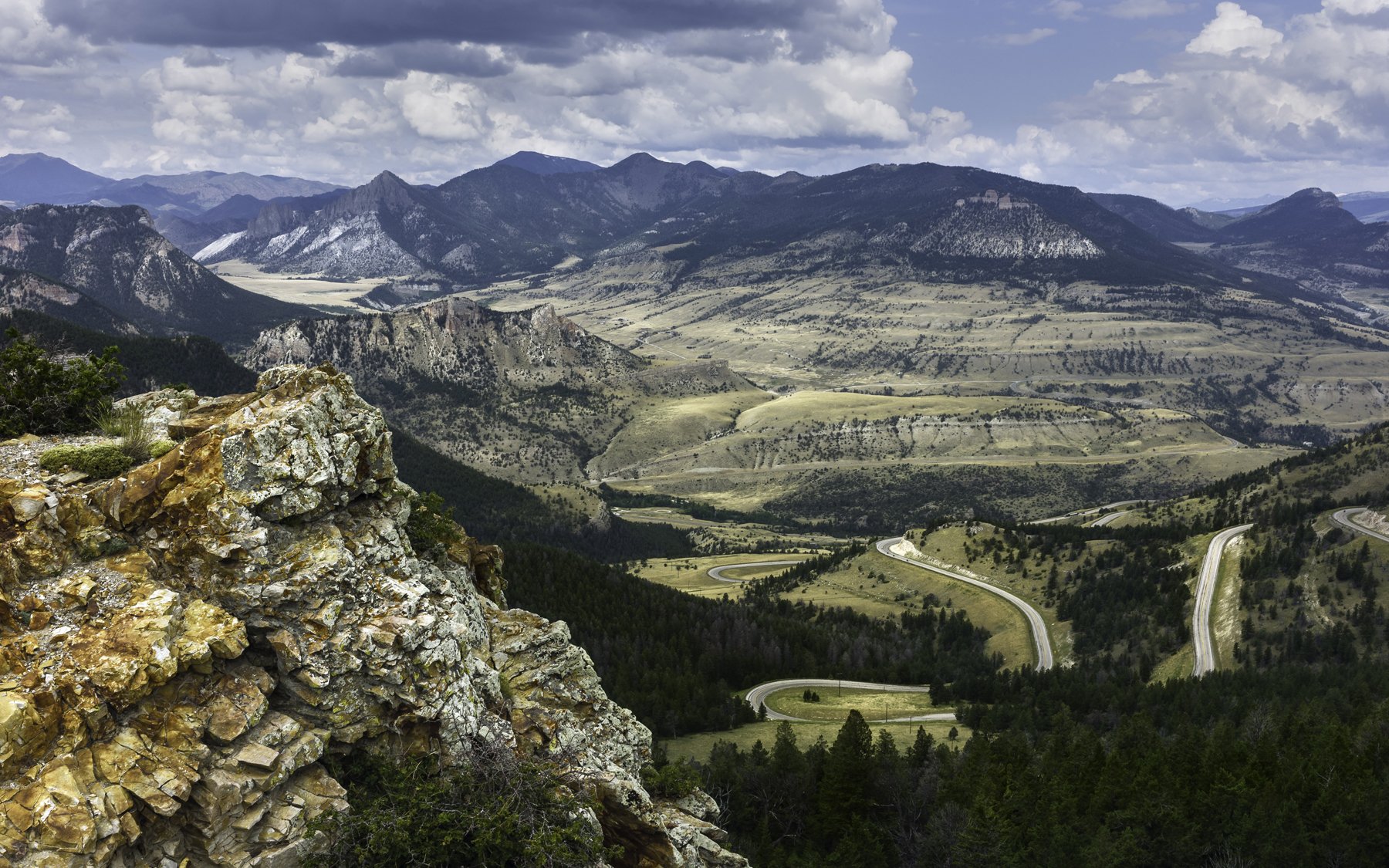
















BMW has embraced the slow movement this holiday season with a 20-minute-long video charting a snowy drive in Austria in the new, electric iX3.